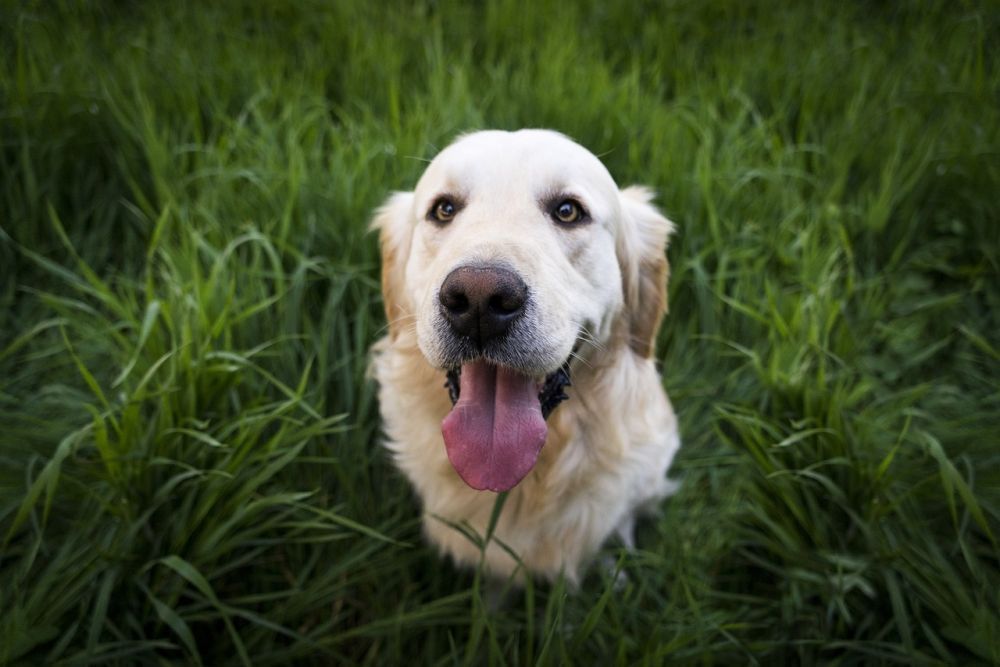
How to Dog Proof a Chain Link Fence
One of the many reasons that people choose to fence their property is often because they have one or more dogs that they need to keep safe and contained. Many cities even require dog owners to keep their dogs in an enclosed space.
However, just having a fence does not guarantee that your dog will stay in your yard. If you are wondering how to dog-proof a chain link fence, we’ve got some tips for you.
It Always Depends On the Dog
The first thing you need to know about how to dog-proof a chain link fence is that, ultimately, it all depends on the dog.
Some dogs are quite happy to sit behind a four-foot fence and never try to climb or jump it.
Others are born escape artists that climb fences, chew wire and more. Sometimes this is breed related, but there are also many individual dogs from breeds you might not expect that can get out of nearly everything.
Never assume that any dog will stay in your yard with any fence. Always watch their behavior to see how they react to being in your backyard.
Dog Proof Chain Link Fence Against Climbing
One of the most common ways that dogs get out of properties that are fenced with chain link is to climb them.
While dogs certainly can (and do) climb other kinds of fences, walls, gates and other barriers, chain link fence does have built-in footholds, in the form of the mesh apertures.
The best way to get around this problem without replacing your fence is to make the chain link fence apertures harder to access. Use chain link privacy slats, shade cloth products or other chain link fence add-ons to close or block the holes in the mesh.
If your dog can’t get a foothold on the fence, it will be harder (but not impossible) to climb.
An overhang that extends into your yard is another good option to prevent climbing of your chain link fence. However, you might need to get special permission to add this to your fence if you are already at the maximum height for a fence in your area.
Dog Proofing Chain Link Fence Against Chewing
Another common way that dogs get through chain link fences is to chew the wire. This is usually a problem with larger, stronger dogs, but it does happen more often than you think.
Usually, residential chain link fences are built with thinner wire, often 11 gauge, which is cheaper, but also weaker than thicker types of wire.
The best way to dog-proof a chain link fence against chewing is to replace your light gauge chain link mesh with thicker nine or even 6-gauge wire.
Dogs also chew through rusted mesh much easier than new chain link. So if your fence has started to corrode, you might need to repair or replace the mesh or the whole fence if the damage is extensive.
Dog Proofing Chain Link Fence Against Digging
The last common way that dogs get out of chain-link fenced yards is by digging under the fence.
Sometimes, this is relatively easy if you only have a bottom wire, and it’s a little looser than it should be. Your dog might even be able to squeeze under your fence without too much digging needed.
Tightening up your fence’s bottom wire or replacing it with a bottom rail instead is a good way to make it harder for dogs to get under your chain link fence.
Other options that might keep your dog in your yard instead of escaping under your fence include casting a concrete slab under the fence, installing underground mesh or panels, or even placing large rocks along your fence line.
If Dog Proofing Your Chain Link Fence Doesn’t Work, Consider a Dog Run
Unfortunately, even if you try everything we’ve suggested here, some dogs are just too skilled at slipping out of any yard.
If your dog is a canine Houdini, the best solution might be to purchase a freestanding dog run, preferably with a roof, that your dog can’t escape when they are in your yard unsupervised. When you can be with them in your outdoor space, keep them on a leash, just in case they try to make a break for it.
No Universal Fence Solution for Any Situation
You might find that you need to try a few things to keep your dogs in your yard. Or you might find that no matter what you try, you just can’t keep them contained by a fence.
That’s not common in the fence world, but it is true that there’s no universal, no-fail guaranteed fence for any situation.
The best you can do is speak to fence experts in your area, try solutions that seem the most likely to work, and when all else fails, don’t leave your dog unsupervised outside.


